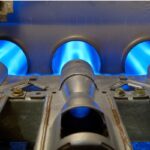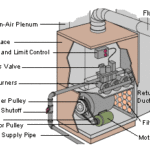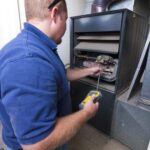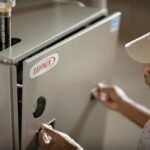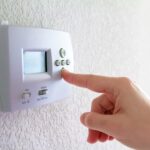The official start of the fall season means leaves are changing, squirrels are feverishly collecting nuts, and pumpkin spice everything has invaded your grocery store. It also means winter is quickly approaching, and homeowners need to ensure their heating systems are ready for the cold days ahead.
Symptoms of Furnace Problems
These four signs indicate your furnace needs a fix. For more about how to do your own furnace repairs, see Furnace Not Working—DIY Furnace Troubleshooting and Repair.
Noises. If air vents emit a high-pitched, tuning-fork-like sound, it usually (but not always) indicates a lack of return air. When the system needs to pull more air, the pressure and velocity of air moving through it increases, making for some noisy vents.
Vents also might make a rattling or flapping sound, usually due to debris in the duct.
A rattling sound coming from the furnace itself might mean a part has come loose and is moving around inside, while squeals or shrieks can indicate a bad belt. A metal-against-metal scraping sound can mean that part of the blower system is coming loose.
Unusual odors. If you smell gas, oil, burning, an electrical odor or a musty odor coming from the furnace area, it could be something as simple as an air filter that needs changing, or as serious as a gas leak.
Furnace doesn’t heat. If the furnace is not heating, or not bringing the home to the temperature on the thermostat, it could be one of several culprits, as discussed in the video below.
Furnaces runs continuously. If the system is constantly running without ever turning off, this indicates a problem.
Furnace Maintenance Tips
Some of the maintenance steps in this video can head off many furnace issues.
Start the heating season with a fresh air filter, and replace it every month or so if it’s a standard paper-style filter. A clean air filter will reduce indoor contaminants as well as facilitate proper airflow into your home.
Perform a visual check of the furnace closet/area to make sure nothing has gotten placed against it (especially combustible and flammable items). The area around the furnace should be clear and open.
Take off the front panel of the furnace to make sure everything inside is in order (sometimes rodents or insects nest in this compartment). Gently clean the inside with a vacuum attachment or soft brush to remove dust from the furnace components. Keeping dust off the electronic components doesn’t take long, and can save a lot of money down the road.
Inspect ductwork for any air leaks, and seal with either a liquid sealant or heavy-duty aluminum foil HVAC tape. Anything you can do to close the system makes a furnace more efficient.
Clear any register blockages. If you have furniture or other items in front of heating registers, it will prevent heat from reaching living spaces, which can strain the system.
Replace the furnace’s water panel. Also known as a humidifier pad, this furnace component ensures proper humidity to keep the home’s air from getting too dry. Replace the water panel, set the relative humidity between 35 and 45 percent, and turn the water supply to the furnace back on.
About DIY Furnace Repairs
When you do it yourself, buy replacement parts at a trusted website like RepairClinic.com that sells only original replacement parts. This way, you can be confident the parts you’re purchasing are approved for use and guaranteed to work in your furnace.
Know when to call in a pro. While homeowners can perform some HVAC maintenance themselves, something like an unusual smell generally merits having a professional come in. Additionally, every few years (depending on where in the country you live), it’s a good idea to have professionals come to your home to handle internal ductwork cleaning to remove dust and allergens from the ductwork.
Chris Zeisler is a master technician at RepairClinic.com, where technicians are available 24/7 online via live chat.



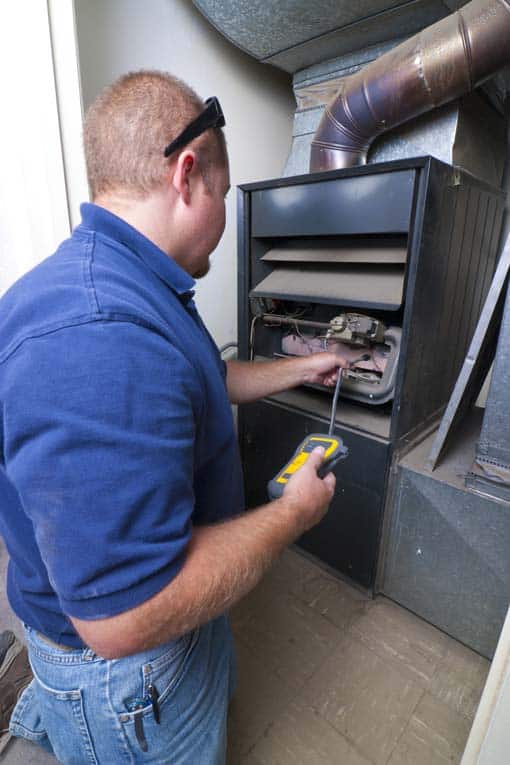
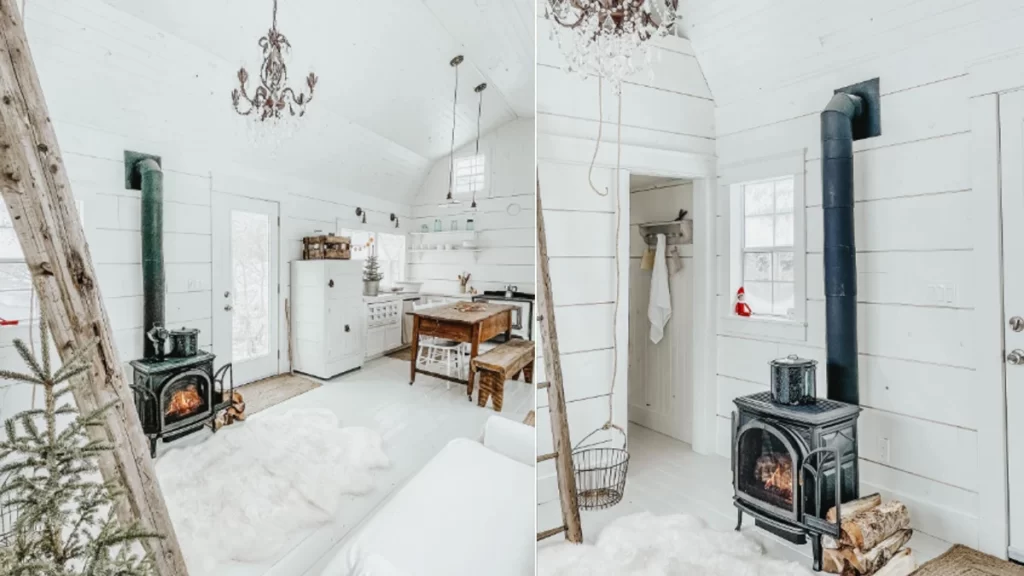
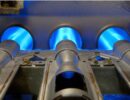


 Don Vandervort writes or edits every article at HomeTips. Don has:
Don Vandervort writes or edits every article at HomeTips. Don has:
